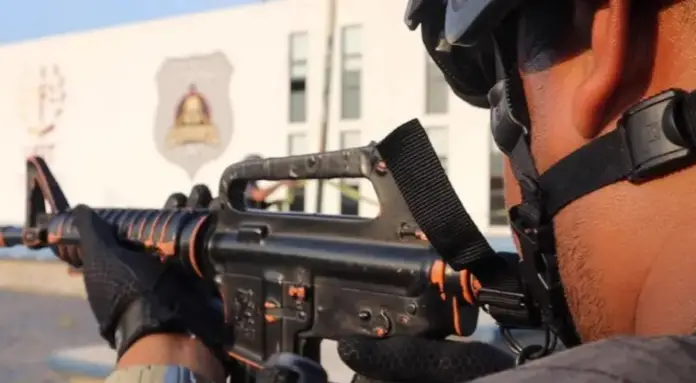
A decade ago, the city of Tampico, in northeastern Mexico, was in a state of anxiety: people locked themselves in after dark, school and university absenteeism was frequent, and traveling by road, in the words of some Tampico residents, “was the same as suicide.”
Today, Tampico and its two neighboring municipalities, Madero and Altamira, make up one of the safest urban areas in Mexico, a country that has failed to contain the violence perpetrated by organized crime.
The crisis of violence was accentuated during the transition in local and national powers at the beginning of October. It is the main challenge of the new government of Mexican President Claudia Sheinbaum.
And the experience of Tampico, a port city on the coast of the Gulf of Mexico, can serve as a model to address the crisis of homicides, kidnappings and extortion that the country is suffering.
In fact, some of Sheinbaum’s proposals are in line with what worked here: crime prevention, coordination between police and prosecutors, and better reporting systems.
“It was our industry’s turn in 2009,” says Jorge, a shrimp businessman who asked to remain anonymous for fear of reprisals.
“They caught us by the nose. One by one, they started kidnapping us for one or two days. They asked for money or took you to a complicit or forced notary to hand over your property.”
Although the worst of the crisis is over, he says, fear persists because many of the causes of the crime have not been resolved.
“I had to hand over a boat after a friend and colleague was kidnapped (they took him out of his business, beat him, and held him for a whole day) and they told him that the next day they were going to get me and that if he escaped they would catch him again, so I, let’s say, turned myself in.”
This was the situation a decade ago. The people of Tampico imposed a nightly curfew on themselves. Thirty kidnappings a month and 100 homicides a year were reported. It was one of the most dangerous cities in the country.
So what changed, if the state of Tamaulipas, where Tampico is located, remains a key crime scene in Mexico?
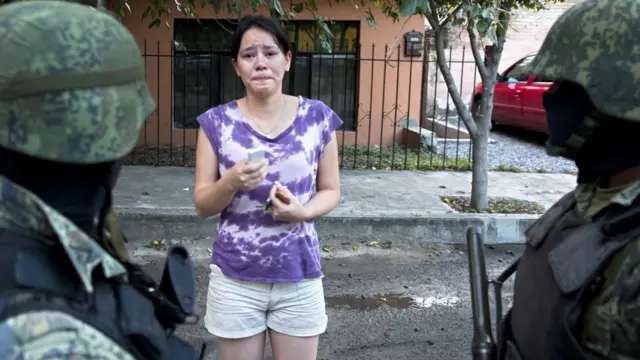
The Roundtable for Security
It is 7 a.m. on a Friday in July. It is raining cats and dogs in Tampico after a period of historic drought. Army generals, police commanders, prosecutors, university rectors and businessmen begin to arrive in a large, cold room in the Navy: a total of 40 people who make up the Citizen Roundtable for Security and Justice of the Southern Zone of Tamaulipas.
It is the meeting they have held every month for the past 10 years. They speak one by one. They argue. They criticize.
But the numbers that are seen on the screens speak of an enviable situation for any city in Mexico, even in Latin America: in the last month there were zero homicides, zero kidnappings and two extortions, figures that have been more or less the same for six years, and they show a history of success in containing crime.
Luis Apperti is one of the founders of the Roundtable. A businessman for decades in the booming plastics industry in the area, 15 years ago he joined forces with other businessmen to fight crime that killed two of his nephews and kidnapped several of his fellow businessmen.
“When civil society organized to confront crime, we realized that we couldn’t solve everything, so we wanted to focus on just one of the causes of crime,” he says.
That cause was corruption, more than poverty and lack of opportunities.

“The level of co-optation of the authorities by organized crime was such that you couldn’t report it, because on the way to reporting it, the bad guys were already informed and they intercepted you along the way,” says Apperti.
With the idea of stopping the leaking of official information, the Mesa launched its own Security Data Observatory, collected large sums of money to strengthen the police infrastructure and set up, in alliance with sectors of the Armed Forces, a reporting center independent of the usual ones.
Added to this was the involvement of judicial authorities in the police process, something that had not happened before or was mediated by corruption.
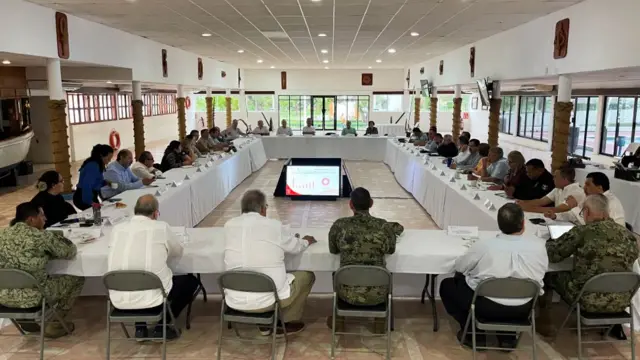
And with that, according to Apperti, they changed the panorama: “In three years we had already tripled the number of police officers, in five years we had already achieved the first goal of zero kidnappings and six years ago we achieved the second goal of being one of the safest cities in the country.”
How can it be that a methodological innovation, of adherence to reliable and secret information, can prevent a kidnapping or a homicide?
For two reasons, says Apperti: “If you have quality information, the judicial and police authorities can do their job efficiently, but also, and perhaps more importantly, all this generated a sense of belonging in the community towards the Mesa; we all have to work for this, so people became active, began to report and the idea was created that you cannot be passive in the face of crime.”
When the crisis hit rock bottom, a little over a decade ago, the people of Tampico went out to protest in the streets dressed in white. Every year they replicated the march. And over time, people went from living locked up, self-absorbed, to enjoying their squares and parks with the idea that crime is a problem that everyone must solve.
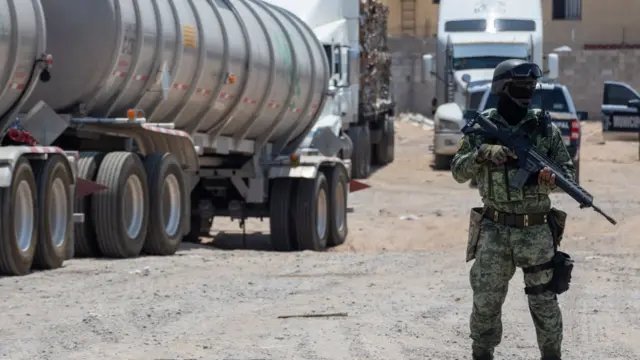
It’s not poverty, it’s corruption
Willy Zúñiga has spent 20 years dedicated to understanding and fighting crime in different roles: as a police officer, as a prosecutor, and now as rector of the University of Security and Justice of Tamaulipas, a police training academy, which is another of the Mesa’s innovations.
“It’s difficult to explain how complicated the situation was,” he says, “because not only did the police not have the infrastructure or the personnel necessary to deal with it, but there was also an understandable crisis of credibility towards the institutions.”
And it was there that the Mesa’s methodological rigor left its mark: “The citizen roundtables helped us in the recruitment of psychologists, nurses, telematics experts who knew how to process information and generated trust with the citizens. And that allowed us to have specialization, better police profiles and institutional coordination.”
For both Apperti and Zúñiga, the experience in Tampico serves to demonstrate that the violence generated by crime has concrete solutions beyond the fight against poverty or unemployment, which is the premise under which the government of Andrés Manuel López Obrador addressed the issue.
Although Sheinbaum wants to continue with the strategy of addressing the causes of crime, her Security plan contemplates, as happened in Tampico, a strengthening of intelligence, the creation of an academy and better systems for coordinating data and complaints.
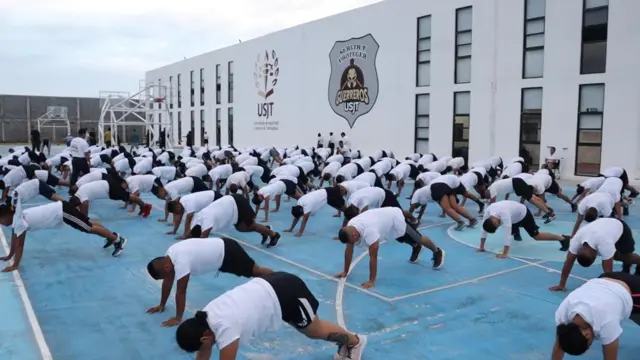
Apperti insists: “Preventing a crime is a very difficult ocean to navigate, because it depends on public policies that reduce marginalization, need and lack of opportunities, and that is something we cannot do.”
Tamaulipas, furthermore, continues to be one of the states most vulnerable to crime, since it is on the border with the United States, is within the drug trafficking and migrant routes, and has the presence of several criminal groups.
Tampico, then, is an island within the sea of crime. An island that, however, has managed to create an oasis of security thanks to one thing: credibility.
“We are not the State and we cannot put an end to drug trafficking,” says Apperti. “What we can do is create a reliable institutional framework that involves the community, that makes a cult of reporting, so that the authorities can do their job.”
That is why establishing a “security university”, the most important in Mexico in this area, is the great pride of the members of the Board.
Or in the words of Zúñiga: “It is not only a police academy, but a breeding ground for the best human resources with common sense, a high sense of humanity and service to society.”
And that is what, he says, “allows you to trust your police and thus fight crime together.”
Source: bbc
